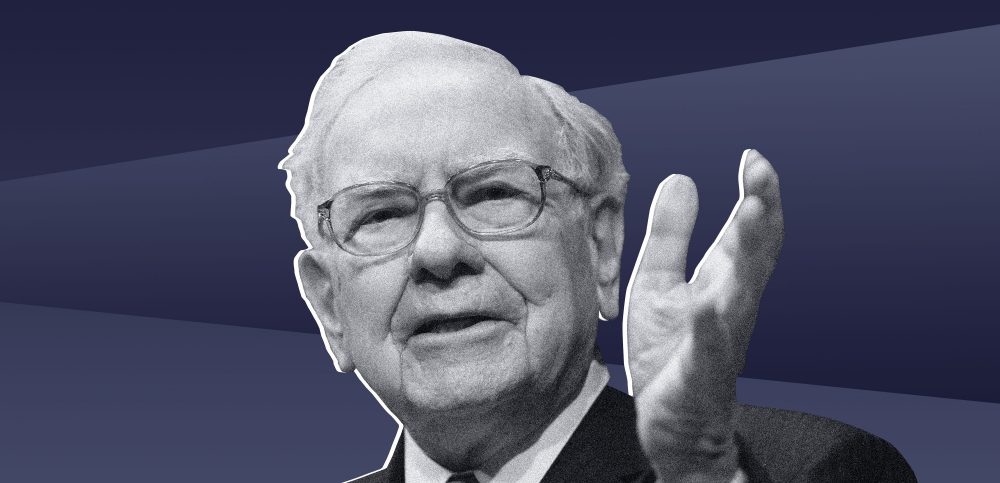Written by Fergal Brickley
Biases are a natural part of life; our brain uses them daily to make quick decisions. However, in gambling, these biases can have a negative impact. Recognising and rationally thinking through these biases is one of the differences between recreational and professional punters.
1. Gamblers Fallacy (Monte Carlo Fallacy)
The belief that a random event is more or less likely to happen based on results from a previous events. Statements like “it has to come up eventually” or “we’re due” are examples of Gamblers Fallacy.
The most famous example is the roulette table in the Casino de Monte-Carlo in 1913 when the ball fell on black 26 times in a row. As the streak lengthened, gamblers lost thousands betting on red, believing the probability of the next ball falling on red was higher.
2. Recency Bias
This bias causes humans to place too much weight on an event they can readily imagine.
Example: Player A beats Player B; however, Player B was returning from injury and lacking match practice. The following week they play again in similar conditions. You bet Player A again simply because he won the previous week without recognising how the extra match time & fitness might impact the matchup.
3. Confirmation Bias
Confirmation bias is the tendency to search for, interpret, favour and recall information in a way that confirms or supports one’s prior beliefs or values. This is probably one of the most dangerous biases for the modern sports bettor, where access to high volumes of statistics can lead people to focus on trends that only support their side and ignore trends that don’t.
Example: Players A & B have played three close matches in the past, all going higher than the 22.5 game total on offer. They meet again for the first time in 3 years. You take all the service data from their previous matches and plan to back the Over 22.5 again. However, you ignore that Player B is on a five match losing streak while Player A has developed their game significantly since they last played.
4. Outcome Bias
Outcome bias arises when a decision is based on the outcome of events, without regard to how the past events developed, or what’s happened since this event occurred. This is another extremely dangerous bias and plays a vital role in calculating value as it doesn’t take into account the full picture. Final results don’t always tell the full story of that event, or what’s different about an upcoming one- it’s shallow research that often gets bettors into trouble.
Example: Player A beats Player B on a fast hard court; Player A then faces Player B on a slow clay court the following week. You’ve bet Player A again because he won the previous week without recognising the surface change and how it might impact the matchup.
5. Hindsight Bias
Hindsight bias is the common tendency for people to perceive past events as more predictable than they were.
Example: You win a five-leg accumulator despite having no real edge. You tell yourself, ‘I just had a feeling it would happen,’ when realistically, you were on the fortunate side of some variance. Continuing to follow this minus EV (expected value) strategy in the future will lose you money, but your win has clouded your ability to analyse your approach rationally.
Betting Biases and Tennis
Tennis is one of the most vulnerable sports to bias, considering the multitude of factors that must be considered when betting on a match.
Head-to-Head Records
Surface speed, surface type, ball type, rhythm, and injuries influence head-to-head records. Therefore, if you cannot interpret these variables correctly, you can overvalue/undervalue a head-to-head record.
Calculating Value
Let’s say Player A has beaten Player B on two previous occasions. However, the matchup is 50-50, and Player B is now a 2.50 underdog. Due to recent results, your bias may block you from taking advantage of a value price.
Surface
Recognising the characteristics of each surface is crucial when betting on tennis. Each player has a specific set of skills that will be more effective on some surfaces than others, and this applies to even the best players; there’s a reason why Nadal has 14 French Opens, Djokovic 9 Australian Opens, and Federer 8 Wimbledon titles.
Players
Tennis is an individual sport, so it’s only natural that bettors will have their favourite players. This is where your vision can become blurred; you may be willing to take a minus EV price on your favourite player or be blind to any weaknesses in his game. On the other hand, let’s say you back a player, and he chokes in the crucial moment, and you lose your bet. A typical overreaction is to ‘blacklist’ the player and never bet him again.
Recognising Bias
While we can never eliminate bias, we can become better at recognising it and adjusting our betting strategy.
– Don’t overreact to small sample sizes
– When weighing up a match, look at data and analytics before coming to your conclusion, not after
– Everyone will have favourite teams and players. If you feel you can’t remove your biases from these, avoid betting on games they’re involved in





